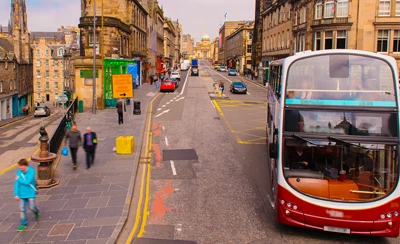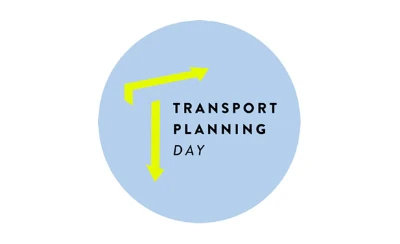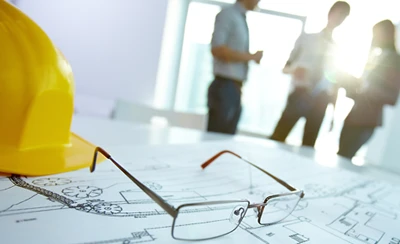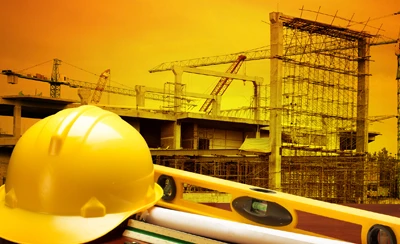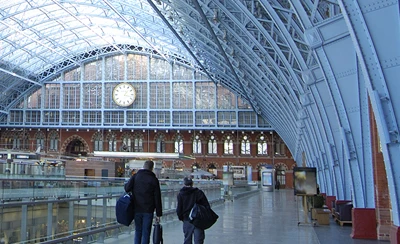We can begin to imagine the scenario planning going on now for a balanced and, yes, a sustainable exit strategy from this pandemic. As effective planners we should be able to imagine and even influence the strategy for providing and managing our transport systems and to prepare new demand forecasts for a range of outcomes. Right now many of those engaged in transport planning are being seriously diverted from progressing their projects because of the ongoing restrictions but also because of the fresh uncertainties currently impacting fundamental policies and priorities, business resilience, costs, contracts, market demands and a host of other variables.
We may recall the impact the oil shortages of 1974? had on traffic levels. It resulted in a relatively short, sharp but deep “V” – shaped reduction in traffic levels. Most planners at that time forecast that levels would return to normal once oil supplies were restored – and they were right about this.
This time, with Covid – 19, the return to “normal” is far from being a safe bet or even, for some, a desirable outcome. The transport statistics presented daily and centre-stage in the news from Downing Street show the dramatic impact of the lockdown on travel and other behaviors. We know that these statistics are only a small fraction of the impact analyses but they are still very valuable. We understand that the government is being “guided by the science” and it seems obvious too that our behavior is being hugely influenced by the received advice from our behavioral scientists. So this is where the desirable outcomes fit in because it is now starting to be demonstrated how much work and particularly meetings can be carried out more flexibly at home or out of normal hours, how our “essential” needs and activities can be met by very different means – shopping, working, exercising and socializing. We can see how walking and cycling conditions have suddenly improved not to mention air quality and noise levels. Business travel and tourism have been virtually decimated for now and most probably face an extended period of uncertainty.
We can see a resurgence of the need to re allocate street space, revise passenger loading limits on public transport, and a push for the re-allocation of investment from some major road and rail projects to re-engineering local infrastructure. But we can also see the need for a fresh review of urban density policy, mixed use developments, spatial planning and regional strategies. Hardly anything could stay the same.
I say that we need good evidence if some of these desirable outcomes are to be translated into the policy mainstream. There is a golden opportunity right now to extend our transport planning data monitoring and to include new behavioral research. A “new normal”, with significantly (some say an increase from 5% to 25%) more home working and lower levels of commuting and congestion might just establish itself and yield many benefits.
So we need to craft some carefully worded questions about travel habits, priorities, intentions and preferences to tack on to the usual transport surveys comparing the before, during and post pandemic period. Let’s get started!
Let the Transport Planning Society know your views at https://tps.org.uk/news/covid-19
#TPSCOVID19RESPONSE

